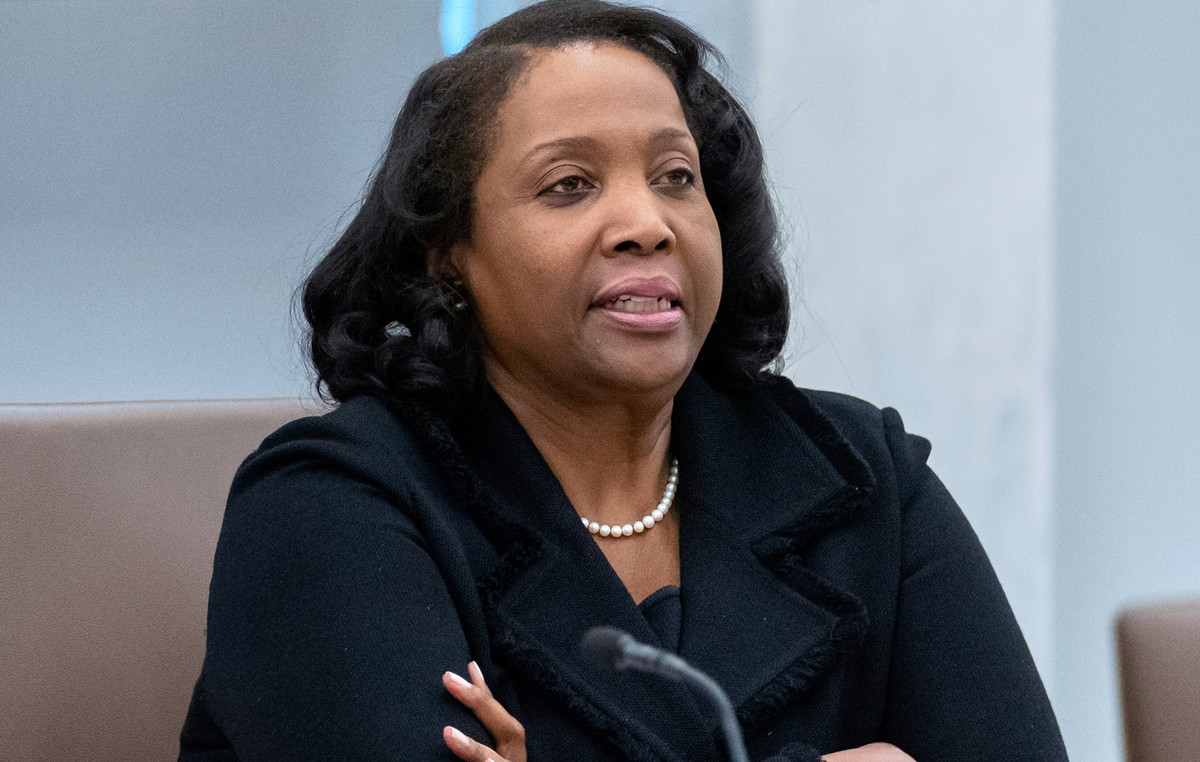- Indian Rupee weakens in early Asian session on Monday.
- Persistent capital outflows and weak domestic macroeconomic data undermine the INR.
- Investors are gearing up for the HSBC India Manufacturing PMI and the US ISM Manufacturing PMI, due out later on Monday.
The Indian Rupee (INR) remains under some selling pressure on Monday after hitting a record low in the previous session. Donald Trump’s victory in the US presidential election sparked a wave of Dollar strength and dragged the INR lower. Additionally, weaker-than-expected Gross Domestic Product (GDP) data for the July-September quarter could trigger further stock outflows, weighing on the local currency.
Donald Trump threatened 100% tariffs on BRICS nations, including India, if they went ahead with developing their common currency to replace the USD. India, meanwhile, has been cautious in its ambitious move to de-dollarize, even as the United States recently became India’s top trading partner.
Investors are awaiting the HSBC India Manufacturing Purchasing Managers’ Index (PMI) for November, which is estimated to decline to 57.3 from 57.5 in October. On Friday, the Reserve Bank of India’s (RBI) interest rate decision will be in the spotlight. Analysts at Goldman Sachs expect the Indian central bank to keep the repo rate and policy stance unchanged but remain cautious on food inflation and acknowledge moderation in growth. On the US agenda, the ISM Manufacturing PMI will be released later on Monday.
Indian Rupee Looks Vulnerable Amid Relentless Foreign Fund Outflows and Disappointing GDP Data
- India’s real GDP growth fell to a seven-quarter low of 5.4% in the July-September 2024 quarter from 6.7% growth in the first quarter (Q1). The RBI forecast GDP growth of 6.8% in the second quarter (Q2).
- “Despite the sharp slowdown in GDP growth, we maintain our view of a pause by the RBI next week given elevated inflation and an uncertain global environment,” said Upasna Bhardwaj, chief economist at Kotak Mahindra Bank.
- US President-elect Donald Trump said on Saturday that BRICS countries should use the US dollar (USD) as their reserve currency and threatened to impose a 100% tariff if they supported another currency to replace the USD. according to the BBC.
- The US ISM Manufacturing PMI is expected to improve to 47.5 in November from 46.5 in October.
USD/INR maintains strong long-term uptrend
The Indian Rupee is trading weaker on the day. Technically, the constructive outlook for the USD/INR pair remains in play on the daily chart as the pair remains above the 100-day EMA. The bullish momentum is supported by the 14-day Relative Strength Index, which is above the midline near 65.85, suggesting that the path of least resistance is to the upside.
Bullish candles and sustained trading above the ascending trend channel at 84.55 could take USD/INR towards the psychological mark of 85.00.
On the downside, bearish candles below the lower boundary of the trend channel at 84.28 could drag the pair back to 83.96, the 100-day EMA. If there is enough bearish momentum, USD/INR could head towards 83.65, the August 1 low.
Indian Rupee FAQs
The Indian Rupee (INR) is one of the currencies most sensitive to external factors. The price of crude oil (the country relies heavily on imported oil), the value of the US Dollar (most trade is done in US dollars), and the level of foreign investment are all influential factors. The direct intervention of the Reserve Bank of India (RBI) in the foreign exchange markets to keep the exchange rate stable as well as the level of interest rates set by the RBI are other important factors influencing the Rupee. .
The Reserve Bank of India (RBI) actively intervenes in foreign exchange markets to maintain a stable exchange rate and help facilitate trade. Furthermore, the RBI tries to keep the inflation rate at its target of 4% by adjusting interest rates. Higher interest rates tend to strengthen the Rupee. This is due to the role of the “carry trade”, in which investors borrow in countries with lower interest rates to park their money in countries that offer relatively higher interest rates and profit from the difference.
Macroeconomic factors that influence the value of the Rupee include inflation, interest rates, economic growth rate (GDP), trade balance and foreign investment inflows. A higher growth rate can lead to more investment abroad, increasing demand for the Rupee. A less negative trade balance will eventually lead to a stronger Rupee. Higher interest rates, especially real rates (interest rates minus inflation) are also positive for the Rupee. A risk environment can lead to higher inflows of foreign direct and indirect investment (FDI and FII), which also benefit the Rupee.
Higher inflation, particularly if it is comparatively higher than other countries, is generally negative for the currency as it reflects a devaluation through excess supply. Inflation also increases the cost of exports, leading to more rupees being sold to buy foreign imports, which is negative for the Indian Rupee. At the same time, higher inflation usually leads the Reserve Bank of India (RBI) to raise interest rates and this can be positive for the Rupee, due to increased demand from international investors. The opposite effect applies to lower inflation.
Source: Fx Street
I am Joshua Winder, a senior-level journalist and editor at World Stock Market. I specialize in covering news related to the stock market and economic trends. With more than 8 years of experience in this field, I have become an expert in financial reporting.







